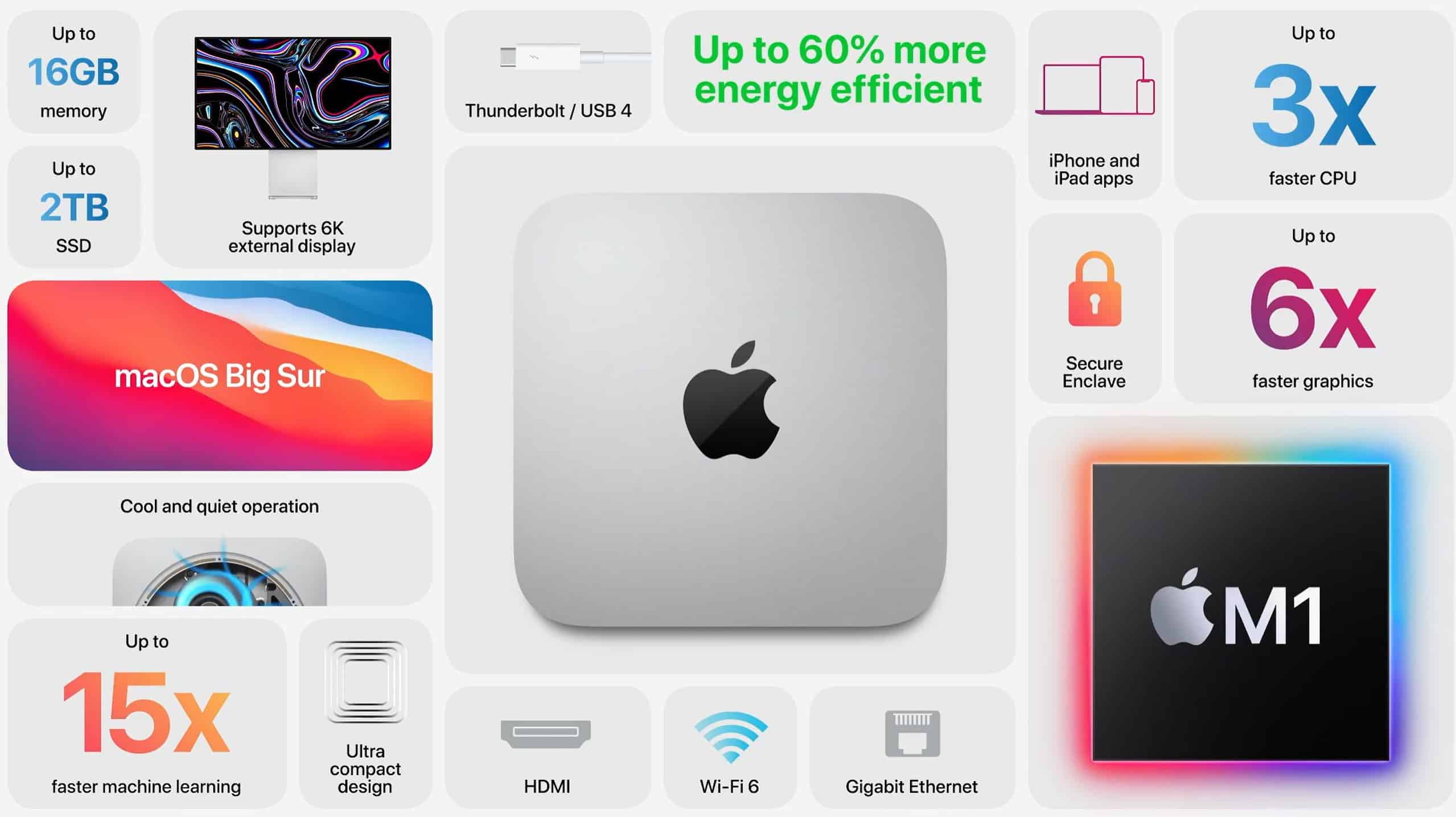

So long as CPUs and GPUs continue to use their own local memory, simply moving data between their memory has become an unwanted overhead. GPUs are now being used for a lot more than just driving the display, and their computing potential for specific types of numeric and other processing is in demand. There are problems with this architecture, though. Main memory isn’t shared between the CPU and GPU, although ironically more basic designs, such as laptops with simpler graphics, may use main memory rather than the faster chips of a graphics card. This has allowed graphics cards to have less, faster and more expensive memory which is only accessible to the GPU.

PLAYONMAC M1 UPGRADE
You can also buy a basic version of that model with little main memory, and upgrade that when you can afford it. It’s eminently upgradeable by the user when you can afford a better graphics card, you can replace the existing one with a faster GPU and more graphics memory. Then there are peripherals like disks, which have their own interface modules, and the display is driven by a separate graphics card. There’s the processor and memory as memory management becomes more complex, the two get a bit more intertwined with a separate or integrated memory management unit. Previous hardware architectures have largely been modular.
:max_bytes(150000):strip_icc()/ScreenShot2020-12-30at5.52.12PM-9178a41f553447e098d80002818430d9.png)
This article looks briefly at what this means, its consequences, and where the M1 and its successors are taking hardware design. One of the major new hardware features of Apple Silicon Macs, including those launched on 10 November, is that they use “unified memory”.


 0 kommentar(er)
0 kommentar(er)
